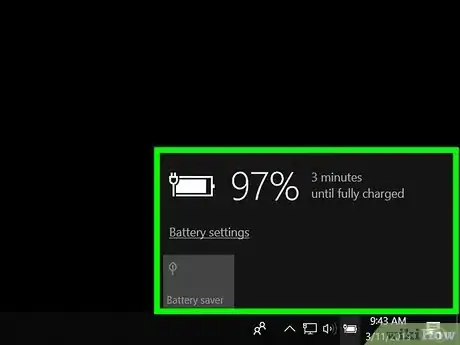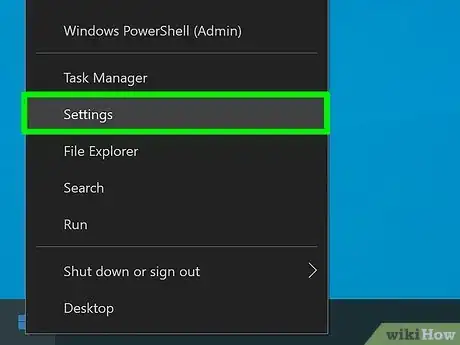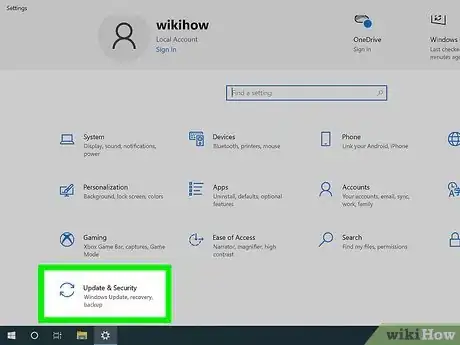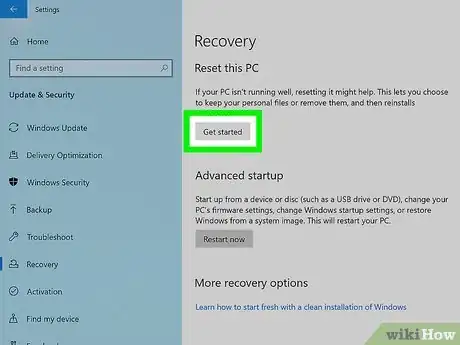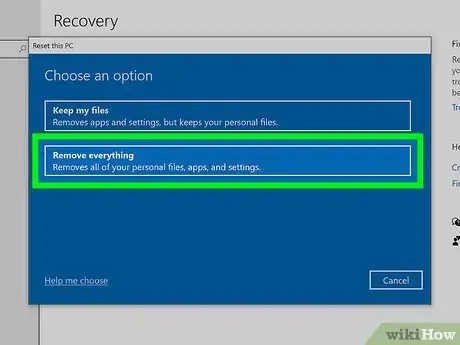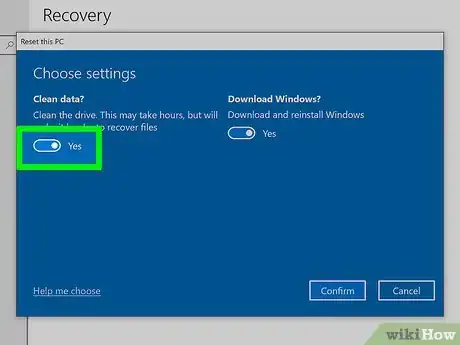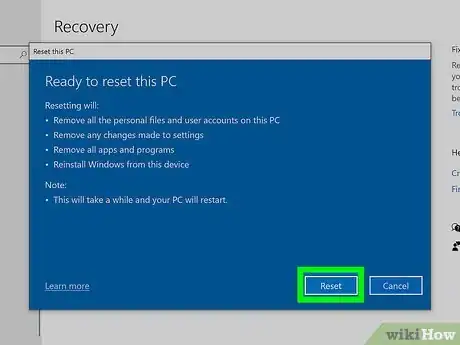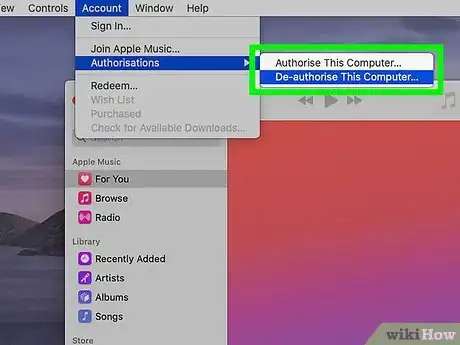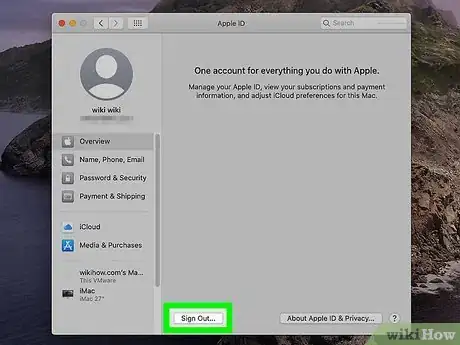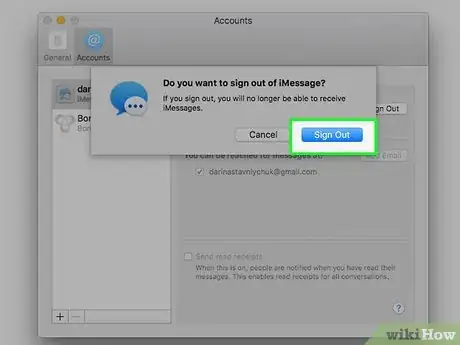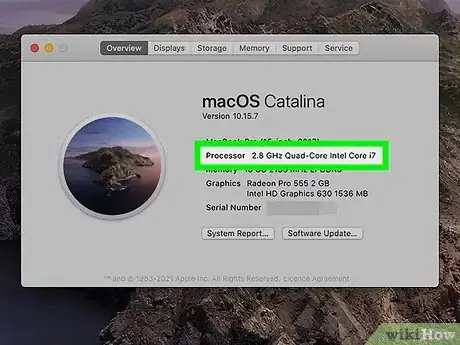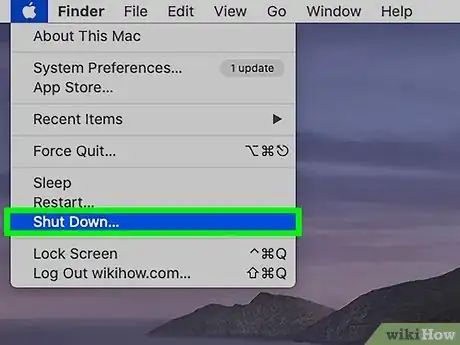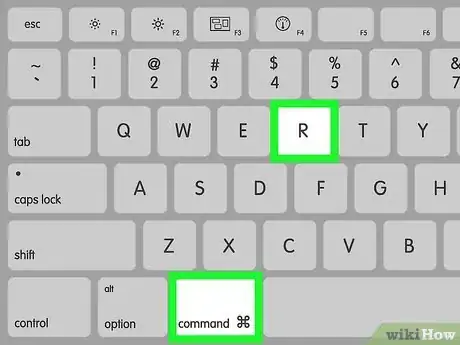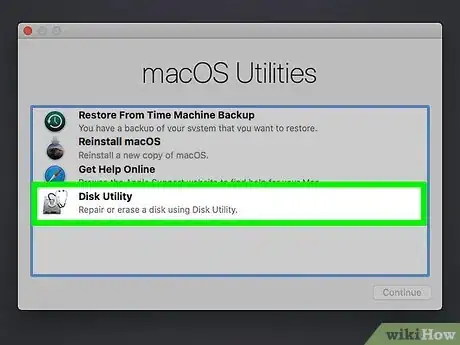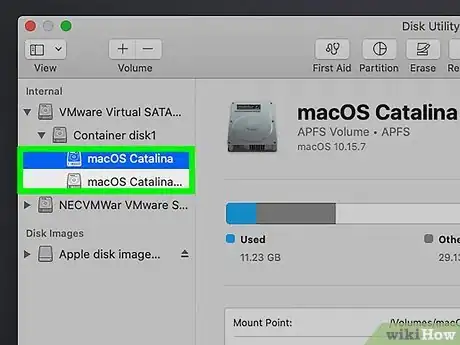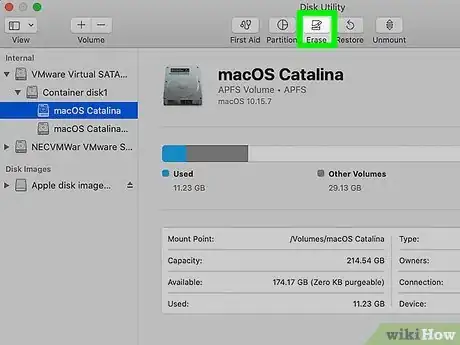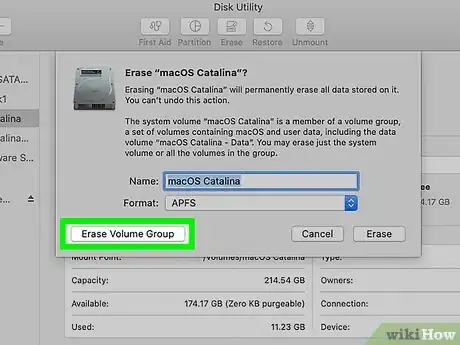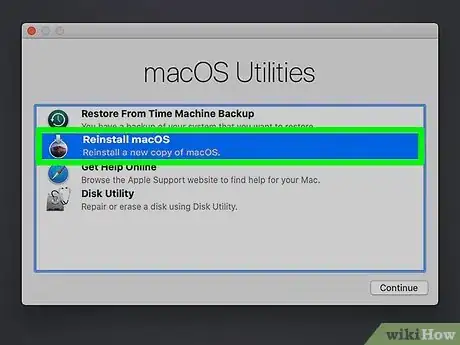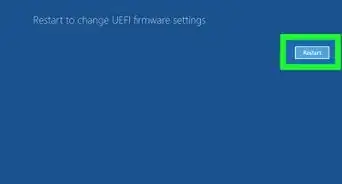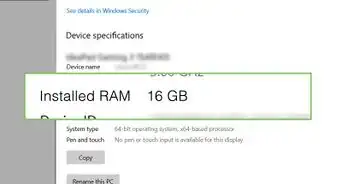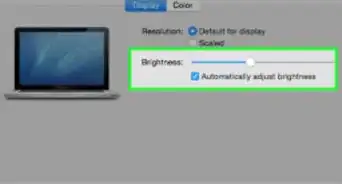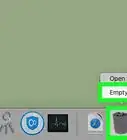This article was co-authored by wikiHow staff writer, Nicole Levine, MFA. Nicole Levine is a Technology Writer and Editor for wikiHow. She has more than 20 years of experience creating technical documentation and leading support teams at major web hosting and software companies. Nicole also holds an MFA in Creative Writing from Portland State University and teaches composition, fiction-writing, and zine-making at various institutions.
wikiHow marks an article as reader-approved once it receives enough positive feedback. In this case, 85% of readers who voted found the article helpful, earning it our reader-approved status.
This article has been viewed 1,830,802 times.
Learn more...
This wikiHow teaches you how to reformat your Windows or Mac laptop and reinstall the operating system as new. If you're going to sell or give away your computer, reformatting your laptop ensures that your data is erased and the new owner can set it up exactly as they want to. You can also reformat your laptop if you're having trouble with performance, have viruses or malware, or just want a fresh start.
Steps
On Windows
-
1Connect your laptop to a power source. Since reformatting your laptop can take a while, you'll need to make sure the battery doesn't die during the process.
- Reformatting your PC laptop will erase all of your files. Make sure you're only doing this if you've either backed up your data or are okay with your files being deleted.
-
2Open your Windows Settings. You can do this by clicking the Windows Start menu and selecting the Settings gear icon. You can also press Windows key + i to open your settings.Advertisement
-
3Click Update & security. It's the icon of two curved arrows in the bottom row.
-
4Click the Recovery tab in the left panel. Your recovery options will expand in the right panel.
-
5Click the Get started button. It's under "Reset This PC" at the top of the right panel.
-
6click Remove everything. It's the second option. This is the option that will clean all of the data from your hard drive.
-
7Click Change settings. This is where you can tell Windows to "clean the drive," which is just another way to say "reformatting."
-
8
-
9Click the Confirm button. It's at the bottom of the window.
-
10Follow the on-screen instructions to reformat your PC. The remaining steps will ask you to confirm that you want to reset the PC, which you should only do if you are okay with losing your personal data. Once your PC is finished reformatting, it will reboot and ask you to set up Windows as new.
On macOS
-
1Connect your laptop to a power source. Since reformatting your laptop can take a while, you'll need to make sure the battery doesn't die during the process.
- Reformatting your Macbook will erase all of your files. Make sure you're only doing this if you've either backed up your data or are okay with your files being deleted.
-
2Deauthorize your Mac in iTunes (macOS Mojave and earlier only). If you're using macOS Catalina or later, you can skip this step. If you're running macOS Mojave (10.14.6) or earlier, here's what you'll need to do before you continue:
- Open ITunes.[1]
- Click the Account menu and select Authorizations.
- Click Deauthorize This Computer and confirm your Apple ID and password.
-
3Sign out of your Apple ID. Regardless of the version of macOS you're using, you will want to sign out of iCloud before you reformat your Mac:
- Click the Apple menu and select System Preferences.
- Click Apple ID (Catalina or later) or iCloud (Mojave or earlier).
- If you're using Mojave or later, click Overview in the sidebar.
- Click Sign Out.
-
4Sign out of iMessage. Another place you'll need to log out is in the Messages app. Here's how:
- Open the Messages app.
- Click the Messages menu and select Preferences.
- Click iMessage and select Sign Out.
-
5Determine your Mac's processor type. The steps to reformat your Mac will be different depending on whether you have an Apple silicon or Intel processor.[2] Here's how you can check:
- Click the Apple menu and select About this Mac.
- Check for a line that begins with "Chip" and ends with a chip name, like Apple M1. If you see this, you have an Apple silicon processor.
- If you don't see a "Chip" line, but do see a line beginning with "Processor" that includes an Intel processor name, you have an Intel processor.
-
6Shut down your Mac. Since you'll need to boot into recovery mode, you'll want to start with a shut-down computer. Click the Apple menu and select Shut Down now.
-
7Boot into recovery mode. Follow the steps for your processor type:
- Apple silicone: Press and hold the Power button until you see a hard drive with a gear. Click the gear, select Continue, and then sign in with your Apple ID if prompted.
- Intel: Press the Power button once, and then press and hold the Command + R keys until you see the Apple logo. If you're prompted to sign in, follow the on-screen instructions to do so.
-
8Select "Disk Utility" and click Continue. This is where you'll reformat your Mac.
-
9Select the Macintosh HD drive. It'll be under "Internal" in the left panel.
- If you changed the name of this drive, it will have the name you assigned it.
- If you have an Apple silicon processor and have used Disk Utility to add volumes to your drive, you'll see other volumes under "Internal" (besides Macintosh HD). You should delete each of these volumes before you continue—select the volume and click the minus sign to do so.
- Skip deleting other volumes now if you have an Intel processor—you'll do it later.
-
10Click the Erase button. It's at the top of the window.
-
11Select a format option. The recommended file system type is already selected from the "Format" menu, and it'll typically be APFS. If you have a reason to format it with another file system type, you can select that type from the menu.
-
12Click the Erase Volume Group button. This starts reformatting your Mac.
- If you have an Apple silicone processor, click Erase Mac and Restart to continue.
- If you have an Intel processor, you'll be given the chance to erase other volumes after erasing Macintosh HD. If any other volumes exist, select them and click the minus sign in the toolbar to delete them.
-
13Reinstall macOS. Once you've formatted your Mac, the hard drive will be empty. If you want to reinstall macOS, follow these steps:
- Apple silicon: When your Mac restarts, choose your preferences and follow the on-screen instructions to connect to Wi-Fi for activation. Then, click Exit to Recovery Utilities, select Reinstall macOS, and click Continue to start the install.
- Intel: Close Disk Utility, and then click Reinstall macOS on the menu. Click Continue and follow the on-screen instructions to install.
Community Q&A
-
QuestionHow to format my laptop if I have forgotten my log in password?
 Community AnswerIf your laptop is running Windows 8 or higher, on boot, press and hold the F9 key on your keyboard. Eventually you'll enter Advanced Options, and then you can choose to reformat.
Community AnswerIf your laptop is running Windows 8 or higher, on boot, press and hold the F9 key on your keyboard. Eventually you'll enter Advanced Options, and then you can choose to reformat. -
QuestionI want to backup my laptop before reformatting. Can I do an internal backup or does it have to be external?
 Community AnswerIt must be external as the system reserved partition is read only after the OS writes to it. Also the system reserved partition is normally clear of a letter path (for example C:).
Community AnswerIt must be external as the system reserved partition is read only after the OS writes to it. Also the system reserved partition is normally clear of a letter path (for example C:). -
QuestionHow do I fix a black screened laptop?
 Community AnswerIf it's the physical screen, see if your manufacturer can source a new one or send it for repairs. If it's a boot error, you should probably reinstall Windows.
Community AnswerIf it's the physical screen, see if your manufacturer can source a new one or send it for repairs. If it's a boot error, you should probably reinstall Windows.
About This Article
1. Back up your hard drive.
2. Plug in your laptop.
3. Open your Windows Settings.
4. Click Update & security.
5. Click Recovery.
6. Click Get started.
7. Click Remove everything.
8. Click Change settings and turn on the switch.
9. Click Confirm.
10. Follow the on-screen instructions.
